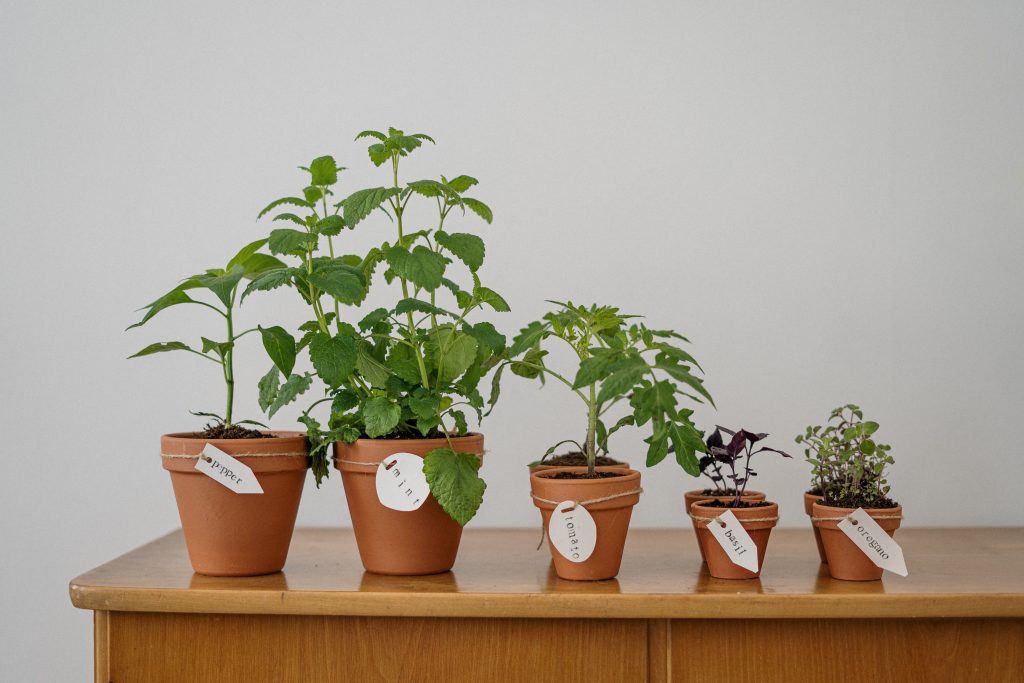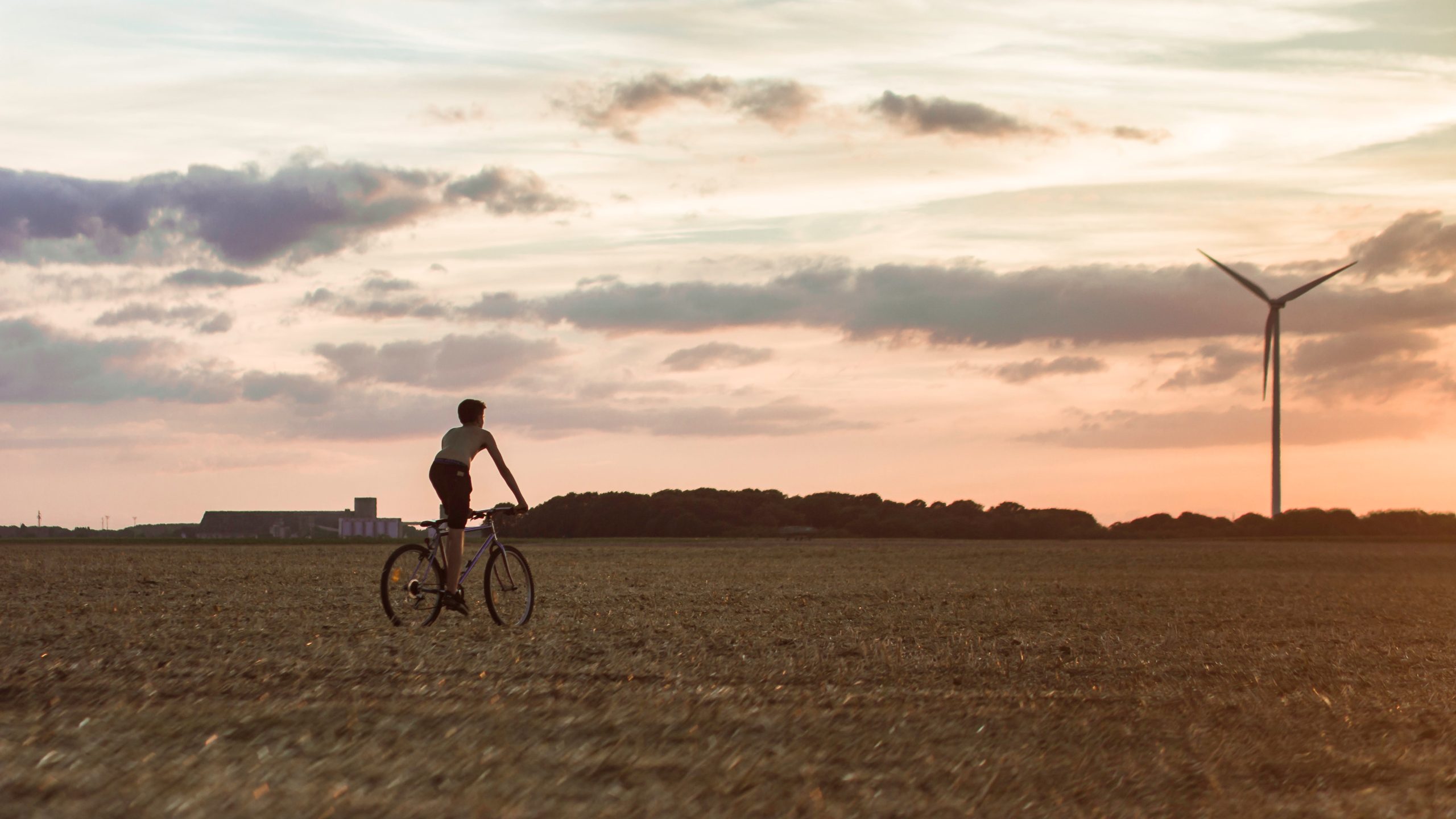Table of Contents
ToggleWhat is Sustainability?
Sustainability refers to the ability of a system or process to continue functioning over an extended period of time, without depleting its resources or causing irreparable harm to the environment. It is a holistic approach to development that balances social, economic, and environmental factors to ensure a better future for all.
In practical terms, sustainability means designing and using products, services, and technologies in a way that preserves natural resources and supports human well-being, now and in the future.
How Sustainability Works
Sustainability works by balancing three interdependent elements: the economy, society, and the environment. This is often referred to as the “triple bottom line” approach, which considers economic viability, social equity, and environmental protection as equal and necessary components of sustainable development.
Economic viability refers to the ability of a system or process to generate income, create jobs, and stimulate economic growth. It requires a focus on efficient resource use, innovation, and investment in new technologies and business models.
Social equity refers to the fair distribution of benefits and responsibilities among different groups in society. It requires a focus on social justice, human rights, and access to essential services such as healthcare, education, and housing.
Environmental protection refers to the preservation of the natural systems and processes that support life on Earth. It requires a focus on reducing pollution, conserving energy, and protecting biodiversity.
Benefits of Sustainability
Sustainability offers numerous benefits, including:
- Improved human well-being: By balancing economic, social, and environmental factors, sustainability helps to ensure that people have access to the resources and services they need to lead healthy and fulfilling lives.
- Enhanced economic performance: Sustainability can drive innovation, create new markets, and increase efficiency, leading to improved economic performance over the long term.
- Protecting the environment: By reducing pollution, conserving energy, and protecting biodiversity, sustainability helps to preserve the natural systems and processes that support life on Earth.
- Increased resilience: Sustainability helps to create more resilient and adaptive systems that can better withstand environmental and social challenges, such as natural disasters, economic downturns, and political instability.
Examples of Sustainability
Renewable Energy: The use of renewable energy sources, such as wind and solar power, is a key aspect of sustainability. These sources of energy are cleaner, cheaper, and more abundant than fossil fuels, and can help to reduce greenhouse gas emissions and improve air quality.
Green Building: Green building refers to the design and construction of buildings that are resource-efficient, healthy, and sustainable. This includes the use of energy-efficient materials, systems, and technologies, as well as the integration of natural elements such as sunlight and green spaces.
Sustainable Agriculture: Sustainable agriculture aims to produce food and other crops in a way that conserves resources, protects the environment, and enhances human well-being. This includes practices such as crop rotation, composting, and integrated pest management.
Sustainable Transportation: Sustainable transportation refers to the use of modes of transportation that are clean, efficient, and accessible. This includes the use of public transit, cycling, and electric vehicles, as well as the development of walkable and transit-friendly communities.

Conclusion
Sustainability is a critical concept for our future. By balancing economic, social, and environmental factors, it helps to ensure a better future for all. From renewable energy and green buildings, we have a lot of options that can contribute toward sustainability. With the onset of multiple extreme events, environmental degradation, and loss of resources, we must switch to more sustainable options. Obviously, now!








5 thoughts on “Sustainability Flow, Advantages, and Examples”
Pingback: Sustainability: The Only Future Sustainable
Pingback: Role of Individual and Community for Sustainable Lifecycle
Pingback: Greta Thunberg: A Look at the Young Environmental Activist
Pingback: Recent Trends in Sustainability 2023: An In-Depth Guide
Pingback: How & Why You Need To Change Your Perspective On Sustainability? - Sustainability Awakening